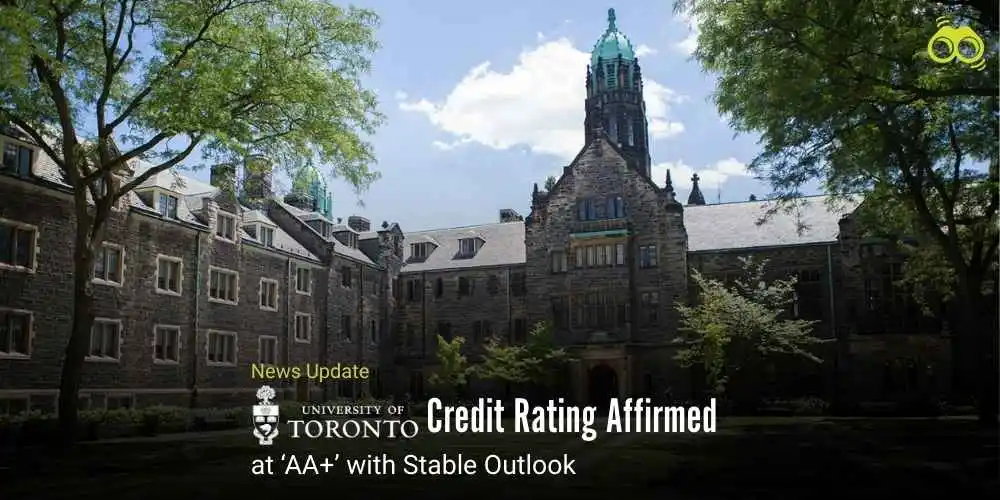Visa Regulation For Indian Students: Visa Challenges Propel Indian Students to Explore New Study Destinations
New Destination To Commence Goal: "Indian Students Turn to Emerging Destinations Amidst Stricter Visa Regulations"
In the first half of 2023, China and India emerged as the top two source countries for international students, contributing 1,170,000 and 1,300,000 students, respectively, to the global total. The top five study-abroad destinations were the USA, Canada, the UK, Australia, and France, together hosting approximately 70% of all international students. Specifically, the USA and Canada accounted for 34% combined, the UK had 13%, Australia 12%, and France 7%. But now things are different as the constriction of visa policies in traditional study-abroad destinations is reshaping the landscape of education for international students.
Stricter visa regulations and rising intolerance in top study-abroad destinations like the UK, Canada, and Australia have driven Indian students to seek alternative locations with more lenient visa rules and supportive regulations. These countries have seen a decline in international student arrivals due to rigorous visa requirements and higher application fees, making it crucial for students to explore more accessible study options. The changes in policies occur as the natives favour residents to get benefitted over international students, which impacts enrollment numbers. In the past five years, the UK has witnessed a dramatic rise in international students, leading to an influx of international alumni in both academic institutions and corporations. This surge has caused local unrest, prompting changes in immigration policy. In March 2024, the UK recorded its first decrease in visa grants for primary applicants in five years, with a 6.2 per cent reduction. Additionally, restrictions introduced in January 2024 eliminated the allowance for international students’ dependents.
Many universities have criticised these government measures, contending that easing the restrictions would support their economic stability and secure necessary funding for their operations. Canada, once a favoured destination for international students due to its favourable visa policies, has recently introduced new restrictions. Following the COVID-19 pandemic, Canada implemented a temporary two-year cap on study permits for new arrivals, excluding master's, PhD, and K-12 students and increased the financial requirement to C$20,635. Starting May 15, 2024, new students at public-private partnership institutions will no longer be eligible for a Post-Graduation Work Permit (PGWP).
Consequently, between January and April 2024, the IRCC approved only 76,000 out of 152,000 study permit applications, reflecting a 50 per cent lower approval rate and increased processing delays. Despite these policy changes, job vacancies in Canada remain robust, particularly in healthcare, which has seen a 78 per cent increase since 2019. The Canadian labour market is projected to grow by 15 per cent between 2021 and 2031, with strong demand expected in healthcare, professional services, and management sectors.
In Australia, the migration strategy unveiled in March 2024 aims to address the record inflow of international students during 2022-23. The new policies include stricter visa requirements, a revised list of accepted English-language tests, and a proposed soft cap on student numbers. Additionally, from July 1, 2024, the international student visa fee increased from A$710 to A$1,600, making it significantly more expensive compared to other countries. Recent policy changes in Canada and Australia, aimed at managing the international student influx and addressing issues with dishonest institutions, have led to a decline in student enrollment. As a result, students are increasingly exploring new study destinations. Asian and European countries are emerging as popular alternatives. Germany is gaining attraction, with 50 per cent of respondents in ApplyBoard's survey identifying it as a top choice, while Ireland has seen a 12 per cent rise in international enrollment. The Netherlands, Singapore, and Malaysia are investing heavily in their education sectors, offering English-taught programs and partnering with global universities to attract international students.
Japan has increasingly positioned itself as an attractive destination for international students. The Japanese Ambassador to India recently emphasised Japan's importance to India and encouraged Indian students to consider studying there. He highlighted that obtaining a visa for students is straightforward, requiring only a student ID. This move underscores the rising appeal of non-traditional study destinations that were previously less prominent in Anglophone markets.
Editor’s Note:
Recent visa issues have had a substantial influence on Indian students' ability to access traditional study-abroad locations, prompting them to seek out new options in countries with more accommodating policies. As countries such as the United Kingdom, Canada, and Australia tighten visa procedures and raise fees, students are increasingly flocking to new destinations that provide simpler entrance and promising academic prospects. This shift shows the changing landscape of international education and emphasises the importance of adaptability in pursuing global study goals.
Skoobuzz encourages Indian students to broaden their horizons and seek new opportunities worldwide to achieve their study-abroad dreams.














0 Comments (Please Login To Continue)